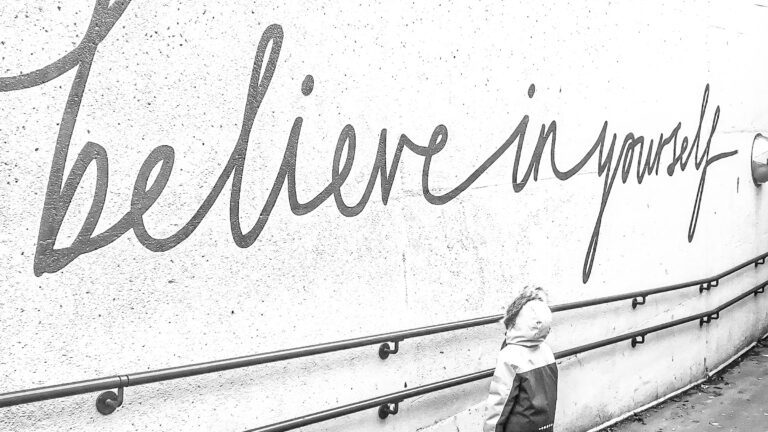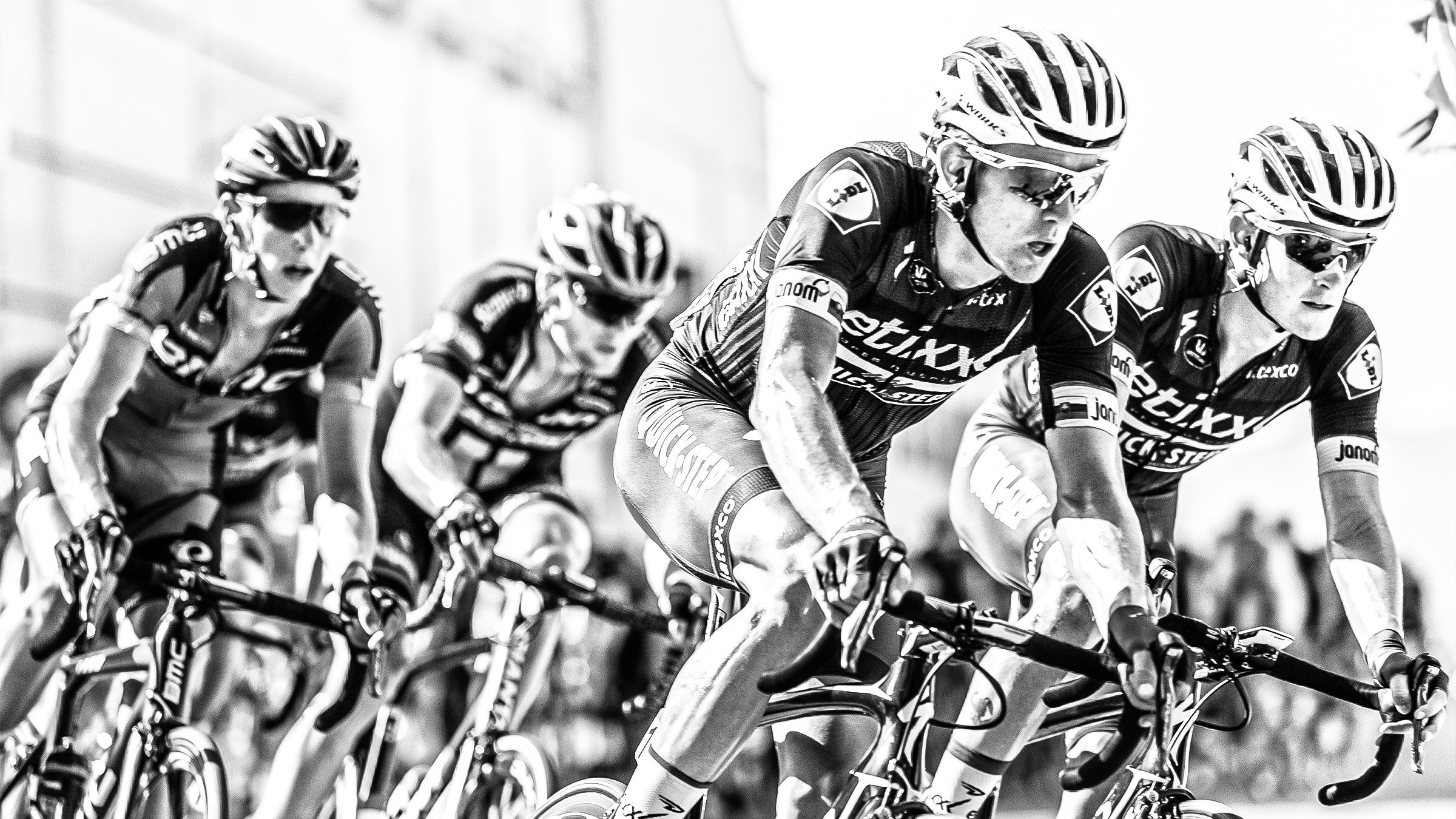A shoe brand incorporates trendy designs with high performance. Let’s explore sports and running shoe brands that are changing the game.
Athletic footwear as we know it started in the 1950s. Around that time, athletics became mainstream for exercise, entertainment, and pleasure. Functional and comfortable shoes became necessary, and the increasingly fitness-conscious population can be credited with the astonishing market growth.
Today, millions of options are tailored to the gym, running, walking, leisure, and outdoor sports. A robust and successful shoe brand incorporates trendy designs with high performance, durability, and quality. Let’s explore sports and running shoe brands that are changing the game.



Brand Strategy
Start your digital journey today!
THE HISTORY OF SPORTS & RUNNING SHOES
In a previous article, we explored the evolution of brand sports shoes in the last century. The history of athletic sneakers goes back to the 19th century, long before Nike Air Jordan and Dunks, Converse, and trendy high tops. The sports shoe as we know it was first invented for athletic activity.
Today, sneakers are everyday worn items with multiple uses and functions. They also serve as status symbols and have become a hyped-up feat of marketing and popularity, especially among influencers and celebrities
.Instead, this article will focus on the history of individual sports and running shoe brands, including Nike, Adidas, New Balance, and HOKA brand sports. This will enable us to review the parallels between the shoe industry and its individual competitors over time and identify the elements that make brands, their products, and services stand out, ultimately increasing sales.
NIKE
The story of Nike begins with Blue Ribbon Sports in 1964. Phil Knight had recently graduated from the University of Oregon. As a student, he ran for the track and field team, which led to a friendship with their coach, Bill Bowerman. Aside from an intensely competitive ethos, Bowerman was fascinated by optimizing runners’ shoes and constantly tinkered with new models after learning the essentials from a local cobbler.
Knight initially wanted to call their shoe company “Dimension 6” but settled on Nike after Jeff Johnson, Nike’s first official employee, insisted on following his inspiration shown in a dream. Before launch, the new brand needed a logo.
They reached out to a local design student named Carolyn Davis to provide simple sketches. Knight recalls reluctantly settling on the swoosh design, reportedly saying, “Well, I don’t love it, but maybe it will grow on me.”Since then, the company has exploded in popularity. Its digital marketing department is credited for its rapid success thanks to a series of witty ad campaigns, from the infamous 1988 “Just Do It” ad campaign to celebrity endorsements with athletes such as Tiger Woods, Kobe Bryant, and Lebron James.
However, the most lucrative endorsement by far has been with Michael Jordan. After noticing potential in the young athlete, Nike swooped in for an endorsement even before his first professional season in 1984.
The deal proved to be a smash hit, with Jordan brand sport quickly rising to superstardom and his shoe line, Air Jordans, following suit. The brand made over $100 million in revenue in its first year.
Nike also has a do-it-yourself attitude, inspiring confidence, individuality, customization (such as paint choice), and competitive customer costs. The price of their shoes, paid delivery, and low shipping prices allow accessibility to the masses. When customers purchase the brand, they know they get quality clothes, sneakers, and service.
Not to mention, Nike’s website is user-friendly, intuitive, easy to understand, and simply fun. Their products are easy to find, searchable, and eye-catching and include a well-written description, captivating and convincing content, and corresponding social posts.
Nike is a frontrunner brand in sports and running shoes, but it’s also an industry leader in customer service. For customers interested in their shipping status shipping info, want to leave a Google review describing a recent purchase, can read similar reviews, and depend on fast shipping with a tracking number and a response to any status change, Nike’s customer support team is fast, attentive, and reliable. They provide tracking numbers for all orders and are known to have friendly, intuitive e-mail conversations and message threads.
ADIDAS
Adidas’s background includes a long history of collaboration and innovation. It’s considered one of the oldest companies worldwide in sporting goods and is a hit with consumers. Many challenges and even more triumphs have shaped the company for over 70 years, but let’s explore the foundation.
Adolf “Adi” Dassler was born in Bavaria, Germany, in 1900. He initially completed an apprenticeship as a baker before enlisting in the army towards the end of WWI. Upon his return, he opened a shoe repair business and founded a shoe company with his brother Rudolf in 1924.
In 1925, he had a breakthrough and developed the modern-day running shoe. It became well-known in 1936 when Olympic Gold Medalist Jesse Owens wore a pair of Dassler’s shoes at the games. Fast forward to some family drama, i.e., Rudolf, Adi’s older brother, breaking off and starting Puma. Adidas’ iconic athletic footwear is almost a century old and is considered among today’s best running, walking, and workout shoes.
Adidas’s vision is to be the design leader focusing on getting the best out of the athletes with performance-guaranteed products in the global sports market.
Adidas is a beloved brand known for having a more reputable supplier with good quality, many reviews similar to Nike, fast delivery, competitive prices, and trendy accessories. Their marketing isn’t quite as bold and brave as Nike’s, but their authentic and tradition-oriented design is well-received by customers.
NEW BALANCE
As one of the largest sports manufacturers worldwide, New Balance has been in business for over a century, producing iconic sneakers and clothing for some of the world’s most ambitious athletes. New Balance is increasingly becoming a household name. So, how did the company reach global success?
In 1906, William J. Riley, an Irish immigrant residing in Boston, founded New Balance as New Balance Arch Support Company. Many believe that Riley was inspired to produce his first product after watching chickens strut. He was fascinated by how the chickens balanced so perfectly on their three-pronged feet and was determined to design flexible arch support with three touch points.
In 1927, Riley hired Arthur Hall, a salesman who eventually became a New Balance Arch Support Company partner in 1934. At this point, New Balance still hadn’t produced a sneaker, instead focusing on arch supports. However, the sale of New Balance Arch Support Company to Hall’s daughter, Eleanor, and her husband, Paul Kidd, in 1956 would change that forever.
Today, New Balance is a beloved brand sport. If you’ve had a poor experience due to an unprocessed or processed order, you have called and left a message recorded in voice mail, and Customer service will see that you left a message, answer e-mails, and issue a returned call. Guaranteed is an isolated incident, and in many cases, your order was processed without an e-mail. Leave reviews on their website, and the business will ensure the new charges are accurate or issue a refund with your money as soon as possible.
HOKA
HOKA company was founded by Nicolas Mermoud and Jean-Luc Diard, former Salomon employees, in 2009. The pair sought to design a unique brand identity and a shoe that allowed them to run downhill faster and created a model with an oversized outsole with more cushion than other running shoes at the time. The shoes are named after the Māori language, loosely meaning “fly over the earth.”Ultramarathon runners initially embraced the shoes due to their enhanced cushion and inherent stability; however, they quickly gained popularity among other runners for the body side molding, which offers maximum cushion and minimal weight. The brand’s original, highest-cushion models are now accompanied in the Hoka lineup by lighter-weight shoes that retain much of the brand’s signature cushion and even lightweight training, racing shoes, and track spikes.
On April 1, 2013, Hoka was purchased by Deckers Brands, the parent company for UGG, Teva, and other footwear brands. This sale marked the start of enhanced content marketing, social media management, and an advanced user interface and user experience (UI/UX) on the website.
Today, customers love HOKA for its maximum comfort and durability. While the cost of the sneakers is high, customers trust that they paid for shipping, location, country, and quality products. They accept the tradeoffs for a strong brand that will answer voice mails, will let you know when your order is processed, charge drop fees for shipping only if necessary, showcase an updated stock, and are available 24/7 during the week to respond and encourage feedback. Once an order is placed, an order number is shared, and the warehouse will ship the package on wheels via a truck.
HOW SPORTS BRAND COMPETE
There are many ways brands compete with each other, from innovative products to technology, brand communication, voice, imagery, and interaction. For companies that are already well-established and seeking to differentiate themselves from their competitors, first off, it’s essential to guarantee that you understand your target audience, buyer persona, brand guidelines, vision, and all print and digital assets.
For brands that lack a robust brand identity, BrandBuild™ is the perfect tool. BrandBuild™ is Creatitive’s trademarked process of developing an athletic company’s brand identity and buyer persona and building brand awareness to increase revenue for business-to-consumer businesses. You want the best for your company—consistent growth, better reach, a leading edge against your competitors—and the best experience for your customers. And this all starts with brand discovery.
INNOVATIVE TECHNOLOGY FOR SPORTS MARKETING
Innovative technology for a sport and running shoe company can include the sole, shock absorption, material of the upper sole, a lace-lock mechanism, and more. Not to mention, there is an increased focus on sustainability, accessibility, and durability.
Lighter is also on the list of the top features important to consumers. Brands find carbon fiber and foam excellent materials to incorporate into sneaker designs to reduce weight and maintain support. This applies to shoes intended for sport, work, and fitness, as the public shifts from clothing for each activity to athleisure—multifunctional clothing that can be worn during athletic activities and in other settings, such as at the workplace, at school, or other casual or social occasions.
Waterproof material, self-lacing technology, and wacky designs and colorways are also on the rise—each a critical component to appeal to the masses, sell more products, and expand companies globally.
USER EXPERIENCE
Nothing will kill a consumer’s experience more than horrible customer service. In the case of user experience (UX), it’s the process design teams use to create products that provide meaningful and relevant experiences to users. This involves the design of the entire process of acquiring and integrating the product or service, including aspects of branding, design, usability, and function.
Since UX design encompasses the entire user journey, it’s a multidisciplinary field. UX designers come from various backgrounds, including visual design, programming, psychology, and interaction design. Designing for human users also means you have to work with a heightened scope regarding accessibility and accommodate many potential users’ physical limitations, such as reading small text.
Many sports and shoe brands understand the importance of great customer service and have invested significant time, resources, and capital into excellent quality design and user flow on their website. This means consideration for the appearance of the website and the user’s interaction with the products and services shown, customer support assistance, and other components.



Brand Strategy
Start your digital journey today!
BRAND COMMUNICATION
Finally, brand communication is essential for market differentiation. This can include brand discovery, especially for companies that lack a specific brand voice or direction. From there, you’ll understand who you are speaking to and why. You can appeal to consumer needs, create stronger relationships, showcase an attentive and attractive brand, and ultimately develop lasting loyalties.
Today, millions of options are tailored to the gym, running, walking, leisure, and outdoor sports. A robust and successful shoe brand incorporates trendy designs with high performance, durability, quality, innovative technology, a robust user experience, and solid brand communication.
Work With Us!
At Creatitive, we understand how important it is to implement accurate branding for your products. Whether shoes, clothing, or any kind of services your business offers, the truth is that every sports brand needs to understand and apply a marketing strategy correctly in order to succeed. That is why we encourage you to contact us! Our team will help you accomplish your branding efforts and strategy for your business to accomplish its branding goals and objectives.







